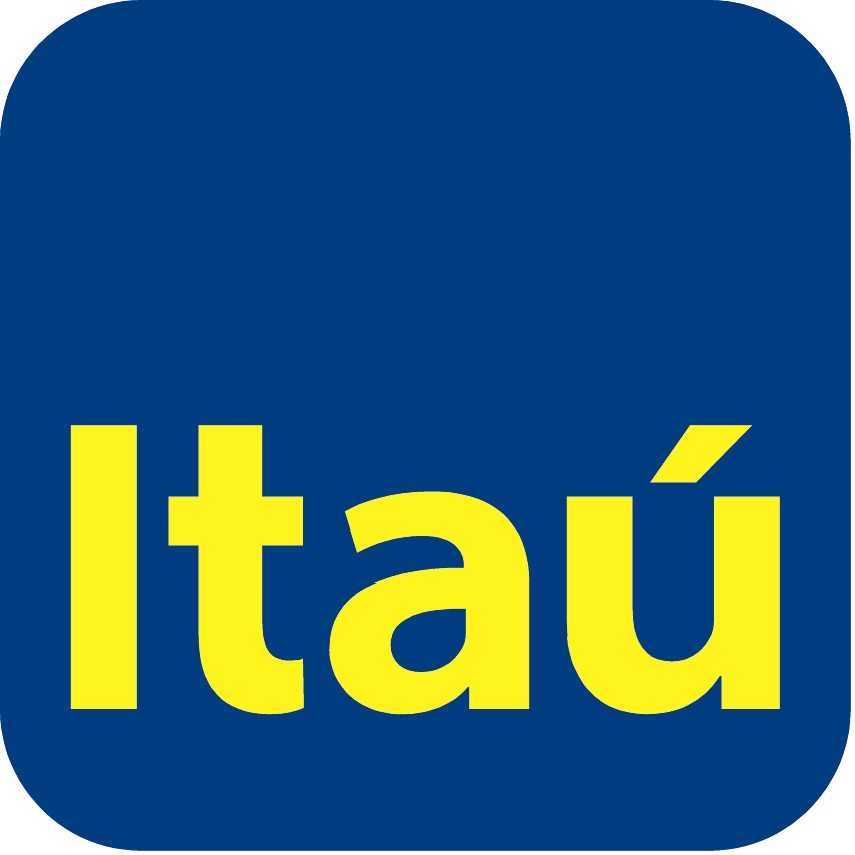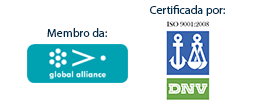Reduce costs without diminishing value
* leia a versão em português deste texto em aqui
Many Brazilian companies mess things up when it is time to reduce costs. They are at the mercy of their own management vices, which are hidden in the good times, and of a mechanistic vision of the human being: a combination that can be fatal these days. There must be clear and challenging goals in place, a structured management model and leaders who can motivate and deliver results. Hiring a consultant may help the executive management break old paradigms and win in crisis.
Reducing costs in times of crisis is a necessity. However, it may bring both large risks and a huge mess, depending on the way it is carried out. There are numerous vices impregnated in the management and they tend to be revealed in a very ugly way in such moments.
First, because there is a fundamental difference between "cutting costs" and "cutting budget." A significant portion of Brazilian managers still has little insight into this. Second, because reducing the budget does not always improve productivity. On the contrary, it can seriously harm value creation.
There are costs and costs. Reducing costs is a huge risk if the cuts harm, for example, essential processes for the company's growth, the quality of its products and services, or even the relationship with key stakeholders, especially with the customer. One should differentiate the essential and productive costs of those which absolutely add no value to the business. These must be removed without delay: they are waste, "fat" that clog the arteries of productivity.
It sounds simple. But countless businesses still impose steep and linear budget cuts without any applied intelligence to it. They ignore essential opportunities for improvement, contradict the long-term strategy and the institutional foundations - statements; in other words, they become inconsistent. The "stroke of the pen" is the stupid way to solve things and an indicator of mediocrity in management.
One of the harmful consequences of this model is that the managers, who have controlled their costs in an ideal way and stimulated in their teams a culture of productivity, are seriously harmed. Another negative effect comes from one of the most rooted vices in businesses: areas that budget "with fat", year after year, so that in the event of cuts, they have something to work with. In this case, paradoxically, the linear budget cut prevents larger gains. This creates demotivation and loss of talent, just at the time when they are most needed.
Companies addicted to “fat”
In the past two decades, in Brazil, despite the remarkable economic growth, and perhaps even by the manner this growth was seen by many business owners and executives, profits increased while structures swelled and production costs have risen or remained in levels higher than desired. It would be natural to assume that a substantial part of the profits had been invested in radical innovation, process improvements, training, solidifying an internal culture of productivity, long-lasting competences, etc. But the short-term ambition obstructed the long-term vision and in many cases that was not what happened. Basics of good management were neglected and profits came easily much more due to the impressive social phenomenon that introduced about 35 million Brazilians in the consumer market, than to the competence and commitment of these organizations.
On the contrary, companies that already had such leaning, rather than becoming healthy, turned themselves into couch potatoes, never left their comfort zone and became "addicted to fat." Fat means more weight, more slowness, and even more complacency - a dangerous vicious circle, and invisible, when businesses are doing well. This is how many "quick fix solutions," "workarounds," and "jury riggings" were adopted in the accelerated growth scenario of Brazilian market. By comparison, there were few brave structural changes that subvert the "old-fashioned way," in order to lead companies to a new level of intelligence, speed, and productivity.
There must be goals, leadership and a culture of continuous improvement
In the consulting work we have been demonstrating the fundamental need to create, sustain and make a culture of productivity and continuous improvement successful, whereby cost reduction becomes an integral part of the production intelligence, in a longstanding manner. And that does not depend on the market situation. By the way, the company must sustain this discipline especially in good times, because that is where it is legitimated. This requires pragmatism, discipline, vision and a strategy with clearly defined goals, a structured management model, and, essentially, leaders focused on people: the soul of the whole process.
The costs, in this case, are reduced as a result of the continuous improvement and systemic innovations. For a company that should be as natural as it is for living beings to breathe. Leaders should encourage and ease this "crossing" to increasingly advance cultural stages, demanding as much as they offer conditions and examples, for this behavior to flourish and develop. And there is more: implementing a communication model that ensures that all business intelligence, from the workers to the shareholder, and the entire value chain of production, is disseminated in an engaging, creative, collaborative, and synergistic manner.
Such companies accept the challenge to materialize what Brazilian “guru” Oscar Motomura usually calls the "impossible equations." Including: cost savings with continuous innovation, internal happiness and significant increase of customer satisfaction. Is it possible? Who did the homework showed it is indeed possible. Just ask the companies of Jorge Paulo Lemman, Marcel Hermann Telles and Carlos Alberto Sicupira (heads of Anheuser-Busch InBev) - an example that needs no further comments.
On the other hand, it is not uncommon to find managers and directors in companies, lost in the middle of the chaos of last minute decisions. They lack clear, challenging, and measurable goals, involving all levels of the organization in a coherent and ambitious long-term overview, and a well-conceived and conducted management model. These are the essential foundations that have been taught for years by gurus like Professor Vicente Falconi, the “pope of management” in Brazil, who proved several times the effectiveness of this set.
How can consulting help?
My experience in the consulting industry shows that the "spirit of the owner" must be achieved: from the moment everyone understands the needs, they feel captivated, prepared, worthy of trust and selectively receive the authority to do so - without which they cannot be held accountable. Human beings are naturally compelled to build something important in their work, but they need to find a favorable environment, clear goals, and leaders who can help and encourage them to understand, make use, measure, and reach such goals.
A significant part of our work in consulting is precisely to organize management and to knock out the barriers to productive involvement of employees in general, because everything else depends on this. When the company thinks big and all employees are invited, encouraged, and trained to give their contribution, they do so with ideal consideration and dedication. And the results are simply fantastic.
In this scenario, it is essential that the example comes from the top. I know this has been said a million times and it cannot be repeated often enough: transparent and consistent behaviors from the executive management spread through all levels of the organization very quickly. The opposite is as true as harmful to the company, and it usually falls apart in the most critical moments.
Some managers believe that it is not possible to integrate short-term measures with the creation and strengthening of a continuous improvement culture - which "would require years to be implemented." Not true. There are victorious organizational cultures that emerged and recreated themselves exactly in times of crisis in the market, to the point of reinventing their stories. 3M is undoubtedly an example quite emblematic.
Having that said, after all, is it worth to reduce costs at all costs? Our daily practice in these last thirty years, dealing with the most different organizational markets and cultures gives us a categorical answer: no, it is not worth it. For as it happens with the forced diet systems for people to lose weight, without the necessary behavioral changes and well-defined goals, chances are that costs, as well as kilograms, will soon be back, and they will be even more noticeable than they used to be. Well, and everyone knows that a relapse...
A consulting can help not because it knows the company better than its owners, executives and employees - there is no room for such presumption. But because it has the method, the best tools for each situation. It delivers many years of experience in different markets, companies and situations, it is updated in relation to both the established practices as the most innovative ones; and most importantly, it supports the executive management and the leadership with simple solutions, bringing people together. The beauty and sophistication in everything in management, as in life, lays exactly in keeping things simple. That is why we must distinguish between consultants and adventurers.
Few years ago I heard of a client from the Communication and Content industry an emblematic phrase which I keep with affection: "Now I understand the anecdote about the consultant that comes and teach us everything we already know and charges for this. Only that we had no idea of how much we knew and what we would be able to do with this knowledge. Now we already know." He said in a humorous and satisfied manner.
In this sense, on second thought, to reduce costs we must multiply culture and engagement with clear and fair goals, and not just subtract numbers.
(Translated by Renata Collaboni Manzano)
Os artigos aqui apresentados n�o necessariamente refletem a opini�o da Aberje
e seu conte�do � de exclusiva responsabilidade do autor. 1015
Outras colunas de Renato Manzano
21/12/2015 - A Ressignificação da Comunicação Organizacional: um Manifesto Sistêmico
13/07/2015 - Communication is not done with the derriere!
10/07/2015 - Não se faz Comunicação com o traseiro!
02/06/2015 - Reduce costs without diminishing value
28/05/2015 - Reduza custos sem destruir valor












